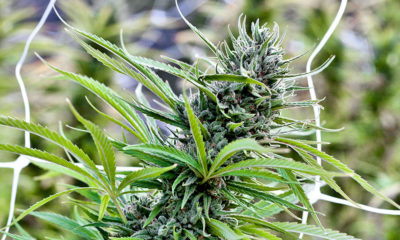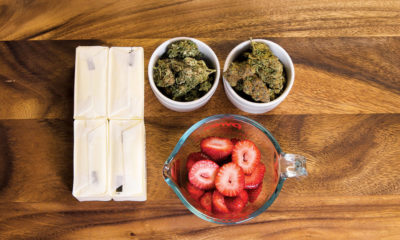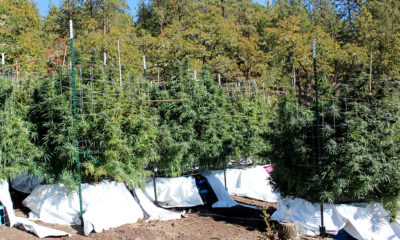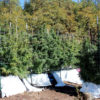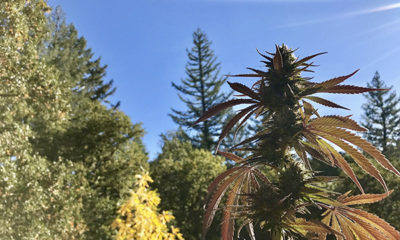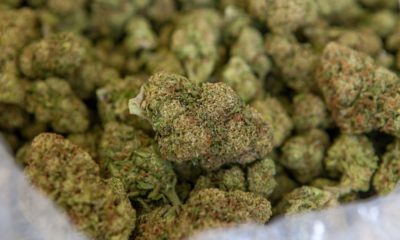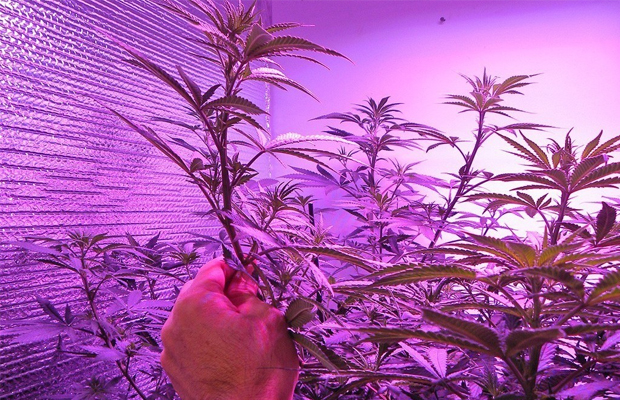
Joint Opinions
A Need for Greener Growing Methods
Many cultivators are doing their part to reduce their environmental impact, yet there are still a lot of factors to consider when deciding to embark on an indoor grow operation.
According to a study, producing one kilogram of cannabis through an industry-approved, indoor growing operation generates and releases up to 4,600 kg of CO2 into the atmosphere. Although that number may seem daunting, the study explains that the production and farming of cannabis in the U.S. is responsible for only one percent of all of the energy consumption for the country.
However, there are ways to reverse or reduce even the small the carbon footprint that comes with growing cannabis. A 2013 report written by professors at the University of California, Berkeley explains that if all of the legal marijuana production in the state of Washington were moved from outdoor grows or greenhouses to indoor growing operations, the total energy consumption of the state could rise 0.8 percent. This would add even more emissions to the atmosphere, possibly causing further damage to the surrounding environment.
So, what can be done to reverse or decrease the damage? Well, when it comes to the legal, indoor grow operations, around a third of the energy used comes from the lighting apparatuses alone, moving from a standard growing setup that uses high-intensity light bulbs to one that mainly utilizes LED lights could be a possible solution.
LED lights, which consume about 40 percent less energy than that normal high-intensity fluorescent bulbs, could potentially reduce the energy use of normal indoor grow operations down dramatically. The only problem is that there is far too little data to back up the argument for the switch at the moment. However, people have noticed the environmental benefits that the bulbs can produce over time.
For example, Japanese plant biologist Shigeharu Shimamura has created a facility in Japan that has the potential to revolutionize the indoor cannabis growing industry. Shimamura took an old Sony Corporation semiconductor factory and transformed it into the world’s largest LED-illuminated farm. The farm is about 25,000 square feet and uses 17,500 LED lights in specially-designed cultivation racks to grow lettuce.
The farm is able to produce about 10,000 heads of lettuce a day, while reducing the amount of discard produce to just about 10 percent and water usage to around one percent of what a normal outdoor farm would require.
The LED lights also allow Shimamura to control the night and day cycles of the lighting with ease, allowing for naturally-accelerated growth and the ability to regulate photosynthesis cycles. This allows Shimamura to be able to grow lettuce that is full of vitamins and minerals over twice as fast as a normal outdoor farm would — along with reducing energy costs and usage dramatically.
While this new LED farming technology has not yet been adopted by the cannabis industry, it could be a possible solution to the environmental and energy crisis that’s plaguing growing operations, both indoor and outdoor. Growers in legal states could follow Shimamura’s example and develop a low-energy consuming farm for growing marijuana indoors. If the idea works and spreads throughout the industry, the energy problems of yesterday’s indoor growing operations could be a thing of the past.
How can marijuana grow operations become more environmentally friendly? Let us know in the comments.



